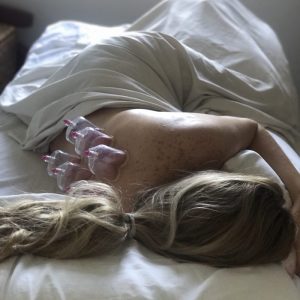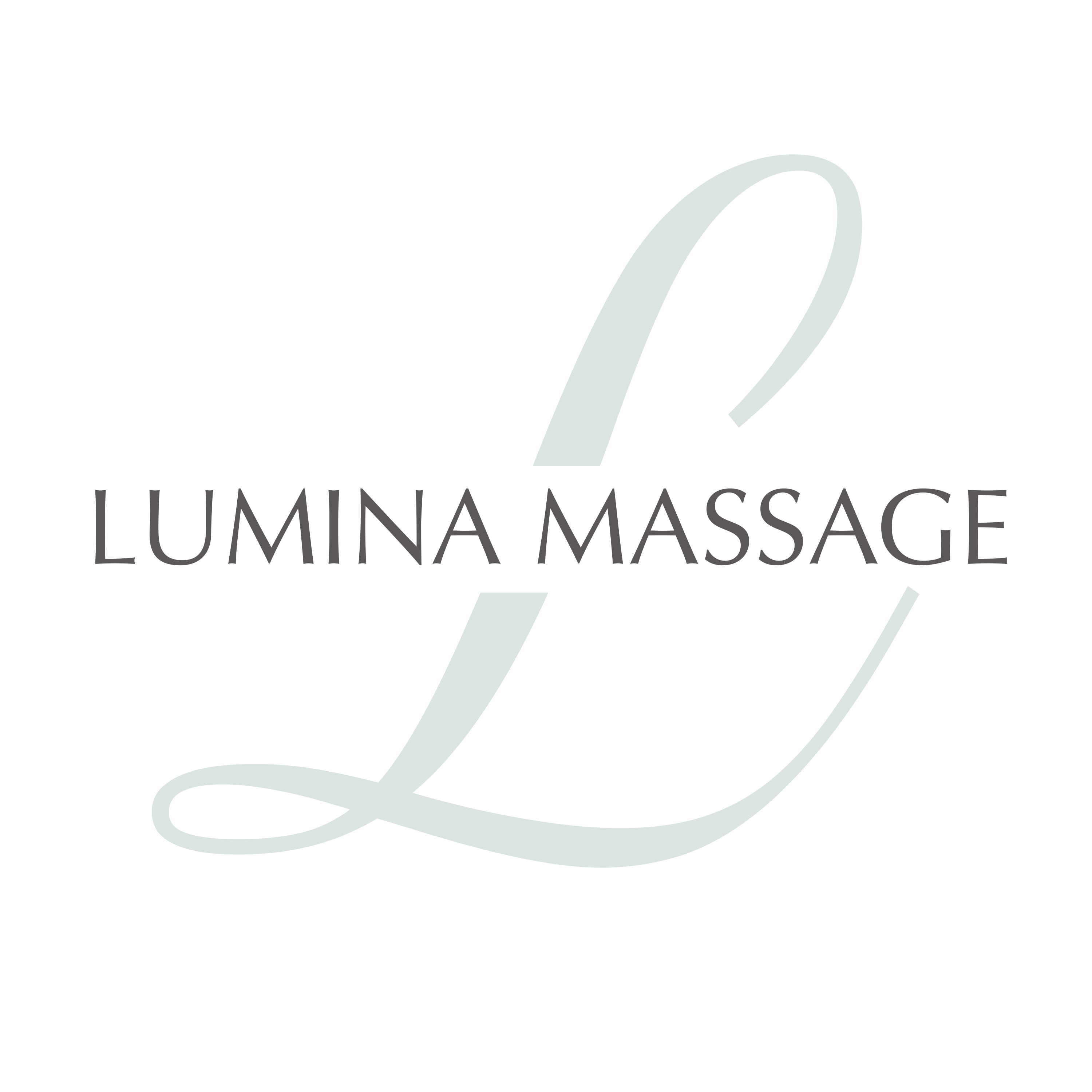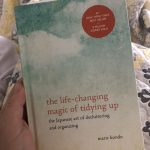What is Cupping Therapy? Uses for Massage Enthusiasts
Cups are used as one tool for loosening your fascia. This is a thin connective tissue that runs along your body. The first time I encountered a teaching on fascia-induced pain, I was dubious. I learned that it is an existing layer just underneath the skin. This class, taken many years ago, was a guide on myo-fascial release (the movement of fascia) just through the use of my hands. When my instructor asked the class who would like to volunteer I shot my hand up. I simply could not understand the concept of this fascia but I had been experiencing pain in my lower arm. He held my wrist and began twisting my skin in a torque like fashion to demonstrate the technique. Stars were the first thing I saw, I couldn’t believe the pain I was experiencing and more so the relief I felt afterwards.
While massage therapists are taught all the bodily systems and how they work these are the primary physical structures that we focus on the most :
Muscles
Nerves
Fascia
Fascia is the most overlooked but has recently become the darling of many bodywork professionals that work in recovery. This tissue is so unexplored that each passing year it has gained popularity among fitness and beauty influencers on social media to boost performance and skin circulation. There are many ways to release fascia. Manually is one, another is a gua sha tool, a graston scraping tool and cupping.
Much like self-massage, releasing your own fascia is something you can do it at home. However, there are areas on your body you may find hard to reach. You are always able to use a cupping set at home but the majority of people simply don’t. They enjoy going to a place where their time is dedicated to recovery and cups can also be placed on their back (which is a challenging place to reach and the area most people feel their tension.
Massage & Cupping
Cupping is a therapy tool that works wonders with massage. Traditionally in Chinese Medicine, cups are used to increase the circulation of an area with stagnant blood. For example if a muscle is very tense, the blood is not moving as well as identified as stagnant. This is not something you want. Cups act as a booster for the blood to move, hence the red, purple or pink marks you may see. The more stagnation of blood in that particular spot, the likelihood that the cup will display those colors and a mark will form.
It’s important to understand that the mark left by cupping is not a bruise as most people believe. Disturbing images online may deter people from trying cupping, which is a shame, because it feels fantastic and it’s so helpful. Much like the news and its focus on dramatic and fear based stories for the sake of ratings, such is the case with images of cupping. People make assumptions of the worst because that is what is highlighted. It is not an accurate depiction of what happens in most successful treatments though. Today, thanks to social media, many people have been able to see that cupping is nothing to be feared.
Pregnancy
Many people ask me about pregnancy and cupping. Safety is a top concern for most expecting moms and rightly so. I assure my clients that cupping therapy is not only safe during pregnancy but (when properly applied) it is greatly beneficial. I have many cases where I have placed cups in the lower back and along the muscles next to the spine, only to have mothers thank me profusely afterwards. The cosmetic inconvenience of the marks left behind is hardly a concern once the person feels the tension caused by tight fascia disappear. In fact, I’ve used cupping so much in pregnancy that many mothers have driven to their local hospitals ready for birth with their cupping marks from a recent massage. Clients have told me that the nurses have been intrigued and questioned where they received such a service.
The good news is that conventional medical providers are now less fearful and more curious about massage and cupping than ever before. In fact, nurses are some of the most frequent visitors at Lumina Massage because they are genuinely convinced that natural based bodywork treatments are excellent for health.

Children
Another topic I want to cover is contraindications and issues you may want to consider when using cupping. If the person receiving is a child, the amount of time you may place the cups on should be half of an adult. I personally would not cup a child under seven years of age in the traditional manner (which is to let the cups sit). For children suffering from respiratory congestion, cupping has been used for hundreds of years to dislodge phlegm in the lungs in a very safe way. I recommend using a softer material such as silicone and moving the cups along the back, gliding gently and making certain not to overwhelm the delicate structure of a child’s skin. This technique along with any helpful medication (if you choose that route) will assist.
Post- Surgery
For surgery and gas build up cupping may be used to move the gas to an area of the body where it can be passed with ease. If you have ever had surgery, you are well aware that gas build up can be a painful side effect. Cupping is a safe way to alleviate that terrible pain. The same may be applied for gas on the stomach but again take the person’s age in mind and use appropriate suction. I also recommend that the person doing the cupping understand human anatomy so they may guide the gas through the appropriate areas of the body.
Adjustments for Comfort
The level of suction in a cup can be adjusted in those that have a valve on top. I find this method to be ideal for the comfort of the person receiving. Much like in massage, a therapist must find a balance between the pain tolerance of the person and the need for a specific level of the suction for its effectiveness and results. This is often achieved with experience which is why I believe that receiving this treatment in a clinical setting by an experienced professional is the best option. However, if you do apply this in your home be aware that the level of suction will differ from person to person according to their pain tolerance. The higher the tolerance the “nicer” the sensation will be. Believe it or not, there are some people that simply do not enjoy cupping. Itching is one side effective that some people feel and this is due to the blood rushing to the site of the body. The itching sensation may be so intense that it may outweigh the alleviation, if this is the case this person may not be a good candidate.
Duration of Marks
Diabetes and conditions with low circulation are another aspect of cupping you must consider. When you have these conditions most likely you will bruise easily when you accidentally bump into something. If this is the case then be aware that the cupping marks may last longer on your skin then most. I have placed cups on many clients with these conditions and have never seen a side effect that concerns me. In most cases marks may last 3-7 days. There are cases in some people where the marks fade the next day. As long as they are aware of this and the superficial appearance of the cupping marks then all should be fine.
My greatest concern with cupping is the amount of time left on the skin. As I mentioned before everyone responds differently to cupping. The strongest advice is to monitor the color of the skin while the cups are on. Once the skin turns a purple color please remove it quickly. Valves may be loosed slowly and the cup lifted off gently. Fire cupping does not include a valve and the cups must be removed by gently release the edge of the cup from the skin until it lifts. Transparent cups allow you to monitor the skin coloring more closely and prevents damage. Horrific images of cups left too long on the skin have scared the majority of the public and with good reason. Similar to classical cooking methods, cups must be watched. A good cook always stays next to the stove and a savvy and experienced health provider will not venture off for too long. Yes, the cups must sit to do their work but it is strongly advised to stay close and supervise every 5-7 minutes. In some rare cases, I have seen the cups change color from pink to purple in less than 3 minutes! When I see this I quickly adjust the suction or remove the cup all together.
My method of cupping and massage is to combine both treatments simultaneously. This allows me to monitor the cups closely as I massage away the tension in another body part.
Material of Choice
Cupping is excellent in its simplicity and extremely effective. I absolutely love using it in my practice as a massage therapist and would encourage everyone to try it. You may love it or you may not. If not, as I said before there are other methods to release your fascia to make your massage experience extraordinary and give you long lasting relief. Many people find cupping so relaxing (after the initial discomfort of the skin tightening at first) that they easily fall asleep with the cups on. I know I have!
There are many types of cups made from different materials. I prefer dry vacuum cupping as the safest method where I have seen the best results. Plastic is my material of choice because there is no breakage when the fascia loosens and the cup may fall on the ground. I was originally trained in fire cupping with glass cups in the year 2000 but have discovered the convenience and usability of plastic in my personal preference today. Recently, I’ve invested in heart shaped cups. I’ve discovered these delightful shapes still offer the same therapeutic results and have given the infamous red marks a more endearing look.
After a cupping session you should feel lighter, looser and experience less pain and tension. Have fun with cupping, explore it, try it and see if its a good fit for you.


